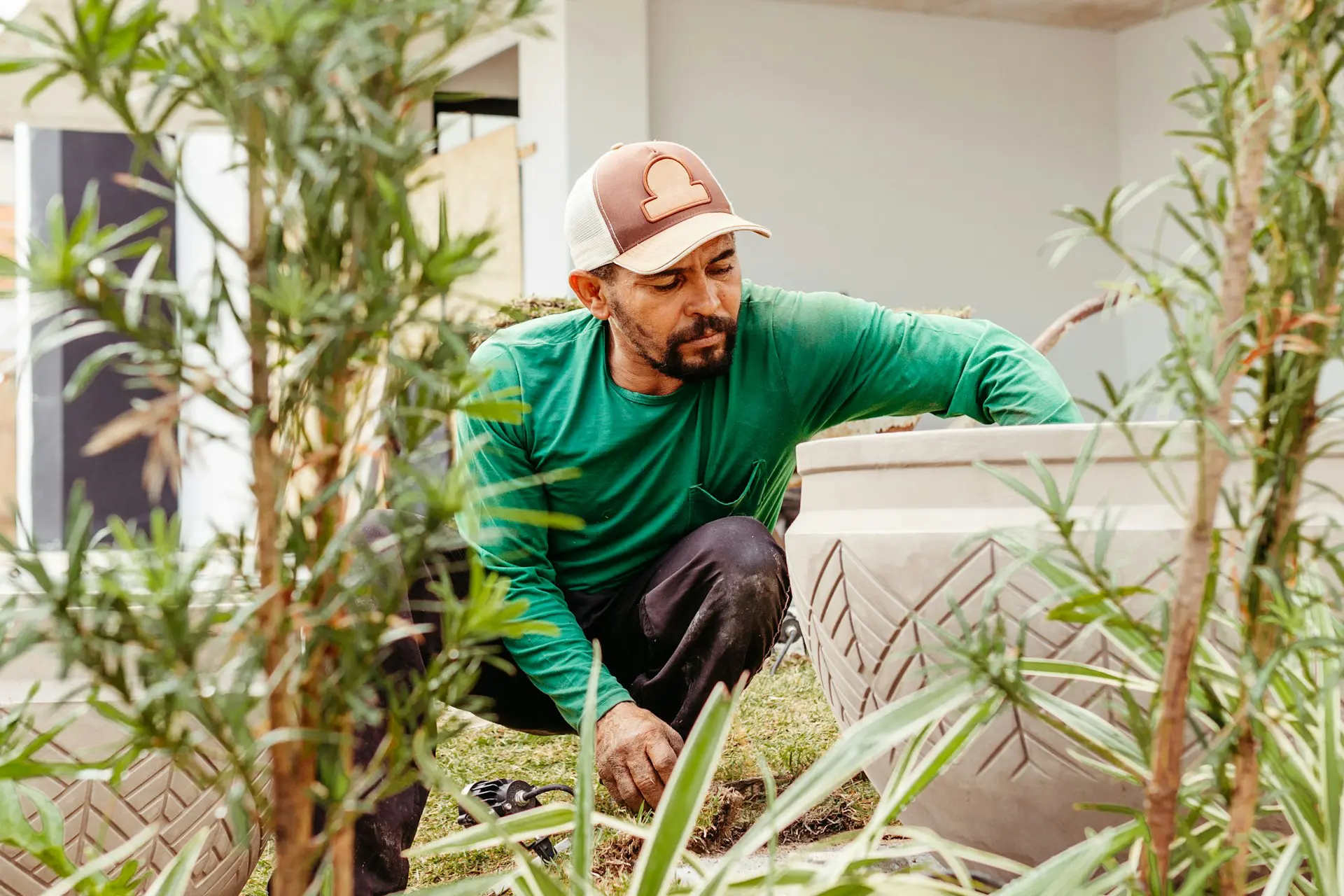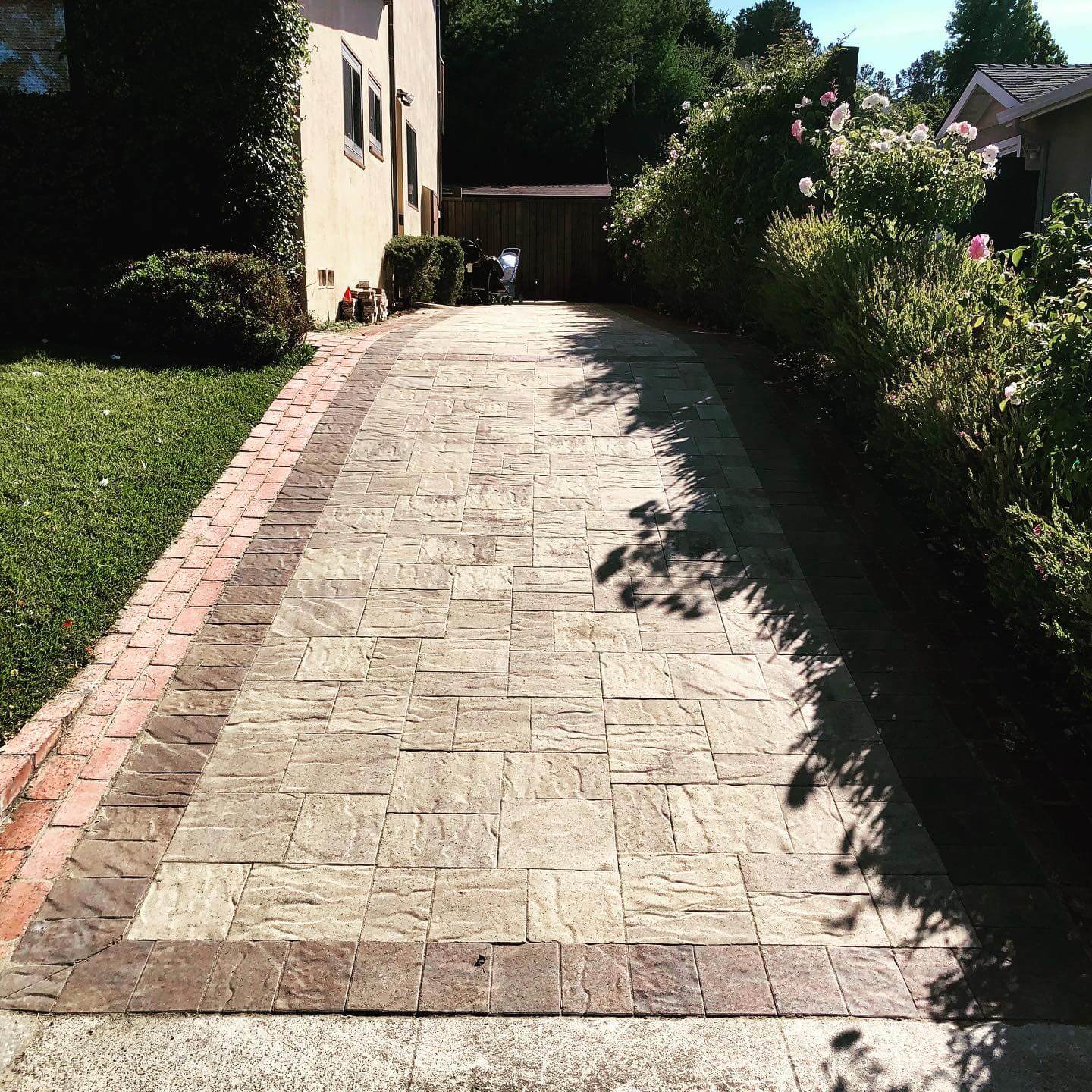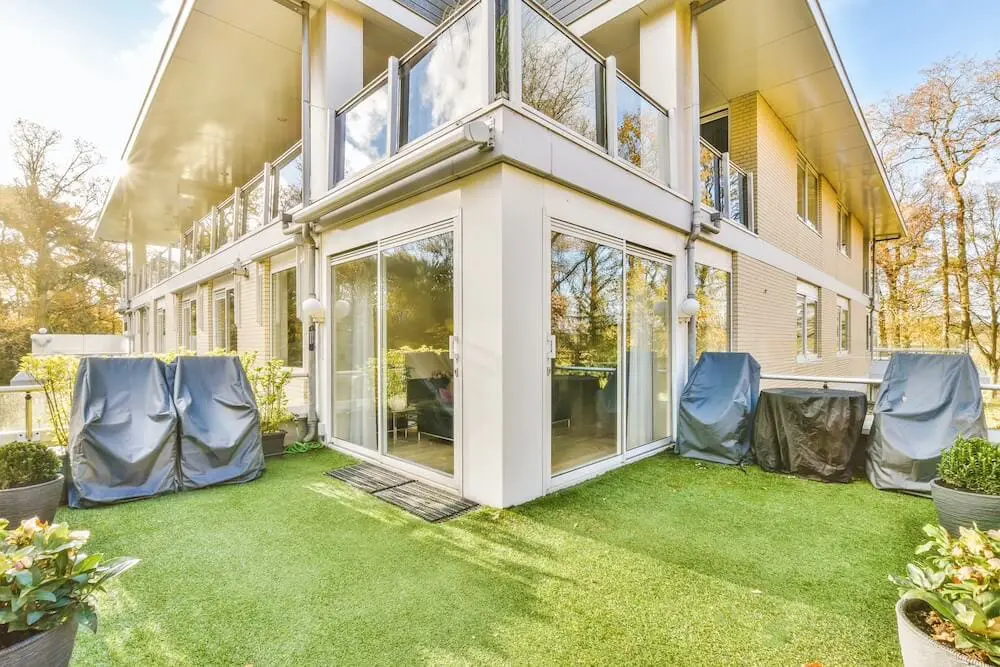
What To Do When Your Landscape Plants Start Dying
Watching the plants in your yard start to droop, dry up, or lose their color can be discouraging. You might’ve watered them regularly, given them a sunny spot, and even talked to them once or twice, but they’re still not thriving. If you’ve noticed your landscape plants dying, it can be especially frustrating during the peak of the season. Around July in Napa, when summer heat kicks in, landscapes can start showing stress more easily. The good news is, there are clear steps you can take to figure out what’s going wrong and get things back on track.
A healthy landscape does more than look nice. It helps your outdoor space feel alive, balanced, and peaceful. Whether it’s colorful flowers at the front of your home or trees offering shade for your family gatherings, plants play a big role in how your yard feels. If something seems off, don’t wait too long to look into it. By catching early signs, you’ll have a better chance of turning things around and making your yard feel whole again.
Identifying The Symptoms
Before you start changing anything, you’ll want to know what you’re looking at. Plants don’t just suddenly die. More often, they show signs that they’re struggling.
Here are some of the most common early symptoms:
- Wilting leaves, even when the soil seems wet
- Yellowing or curling leaves
- Brown edges or spots
- Dropping leaves or flowers too soon
- Slowed or stunted growth
- Mushy or soft stems near the base
Each of these signs can point to a different issue. For example, wilting might mean your plant is thirsty, but it might also mean it’s been getting too much water and the roots are drowning. Knowing the difference between these symptoms is key.
Overwatering and underwatering can look similar, but there are small clues that help tell them apart. If the leaves are limp and the soil is soggy, it’s likely too much water. If the soil is dry and crumbly while the plant droops, it might just need a good soak. Watch how the plant responds after watering. If it perks up quickly, odds are it was just dry. If there’s no change, you might be dealing with root issues, a sign of landscape plants dying, or something more serious.
Yellow leaves can also be a sign of lighting problems. Some plants in Napa’s summer heat get scorched in full sun, while others may need more direct light to grow well. Pay attention to how much light your plants get throughout the day and where they’re planted in your yard. Those clues can tell you a lot — especially if you’ve noticed landscape plants dying unexpectedly.
Common Causes Of Plant Death
If your plants don’t look happy, something in their environment may be off. Here are a few common issues.
1. Overwatering or Underwatering
Watering is one of the most common causes of plant stress. During summer, the surface of the soil dries out quickly, which can tempt you to water more than needed. Unfortunately, overwatering can lead to root rot, where roots begin to decay from sitting in soggy soil. On the other hand, inconsistent watering or using too little water won’t reach the root zone, causing dehydration. Both extremes weaken the plant, making it harder to absorb nutrients or recover from stress.
2. Poor Soil Quality
The type of soil in your yard plays a big role in how plants grow. In Napa, soil can range from sandy to clay-heavy depending on the area. Some soils drain too fast, while others hold water too long. Rocky or compacted soil can suffocate plants and prevent roots from spreading. A lack of organic matter also means plants might not be getting the nutrients they need, no matter how often they’re watered or fertilized. Observing the texture and richness of your soil can help identify if it needs improvements.
3. Pests And Diseases
Many pests and plant diseases are more active during warm months. In Napa, aphids, spider mites, and whiteflies are common culprits. They begin feeding quietly and slowly cause major damage if left unchecked. You might also notice powdery mildew, root rot, or spots on leaves caused by fungi or bacteria. Strange colors, fuzzy textures, holes, or black dots are all signs you might have a pest or disease issue.
4. Environmental Stress
Sometimes the problem isn’t how you care for the plant, but where the plant is living. Plants stuck in windy corners, behind walls that trap heat, or near walkways with heavy foot traffic may slowly wear down. Maybe they’re getting too much splash from a sprinkler or too little sunlight because of nearby trees. These environmental stressors can take a toll and become more noticeable during summer heat.
Effective Solutions For Reviving Dying Plants
Once you’ve identified what’s causing the problem, there’s a good chance you can bring your plants back to life.
Let’s start with watering. Most outdoor landscape plants prefer a deep soak a couple of times a week rather than a short daily sprinkle. Deep watering encourages roots to grow down where the soil stays cooler and moist longer. The best time to water is early morning before the sun heats things up. You’ll lose less water to evaporation and reduce the risk of mildew or leaf burn.
When it comes to soil, the goal is to make it both nutritious and well-draining. If your soil is heavy with clay or compacted, mix in compost or organic matter to open it up. Mulch can help conserve moisture and add organic nutrients over time, but don’t layer it on too thick. Aim for two to three inches and leave some space around plant stems so moisture and heat don’t build up too much in one spot. Poor soil conditions are a common cause of landscape plants dying.
If pests or diseases are the problem, act quickly. Prune off the most damaged stems or leaves. Throw them in the trash, not your compost bin, where they can spread. For pests, a spray made from soap and water or neem oil is often enough. Check the label before using any product to make sure it’s safe for the type of plant and the conditions in your yard. If the issue keeps returning, more targeted treatments might be necessary.
Environmental tweaks also play a role, especially in the short term. Use temporary shade cloth to protect sensitive plants from strong afternoon sun. You can also move potted plants or redirect foot traffic if it’s damaging a sensitive area. If a plant simply isn’t in a good spot, consider relocating it in cooler weather once it’s had a chance to recover.
Preventative Measures To Keep Plants Healthy Long-Term
Giving your yard regular attention is the best defense against future problems. Here are some habits that make a big difference:
- Water on a schedule that matches weather and plant needs
- Pull weeds before they spread and compete for moisture
- Inspect for pests and diseases every other week
- Prune dead or tangled branches to improve light and airflow
- Refresh mulch a couple times a year to maintain coverage
Your yard isn’t static, and your plant care shouldn’t be either. During Napa’s warm July days, plants use more water, so watering might need to increase. In cooler seasons, cut back. Nature works on a cycle, and small seasonal changes to your routine can keep your yard in better shape than doing too much all at once.
If your yard is filled with a mix of trees, shrubs, flowers, and groundcover, setting reminders for when to feed or trim each one can help. You don’t need to spend all day in the yard—just stay in step with what your plants are telling you.
And when you feel like your efforts aren’t enough, that’s a good time to let a landscaping professional take a look. A second opinion might reveal something you’ve missed or give you new ways to make your outdoor space thrive.
Keep Your Landscape Looking Its Best Year After Year
Plants are great at bouncing back when given the chance. Spotting small signals early helps prevent major issues down the line. Your landscape doesn’t need to be perfect, but it does need regular care. A little attention to water, soil, light, and overall plant placement builds a yard that grows stronger with each season.
Walking your yard every few days gives you eyes on how things are changing. Is one section drying out too fast? Is something blocking light that didn’t last year? These quiet shifts are easy to miss until it’s too late. But when you catch them early, the fixes are often simpler than expected—and can help prevent landscape plants dying.
If your yard still isn’t where you want it to be—or the same issues keep popping up—a professional touch might be your best move. Consistent, expert care can help your landscape reach its full potential, giving you a space to enjoy year-round.
For plants that continue to struggle despite your best efforts, consider seeking professional advice to ensure their recovery and growth. Investing in expert care can make all the difference for your outdoor space. Discover how your yard can thrive with thoughtful landscaping in Napa. At Keystone Yards, we’re dedicated to helping your landscape flourish beautifully and sustainably.





